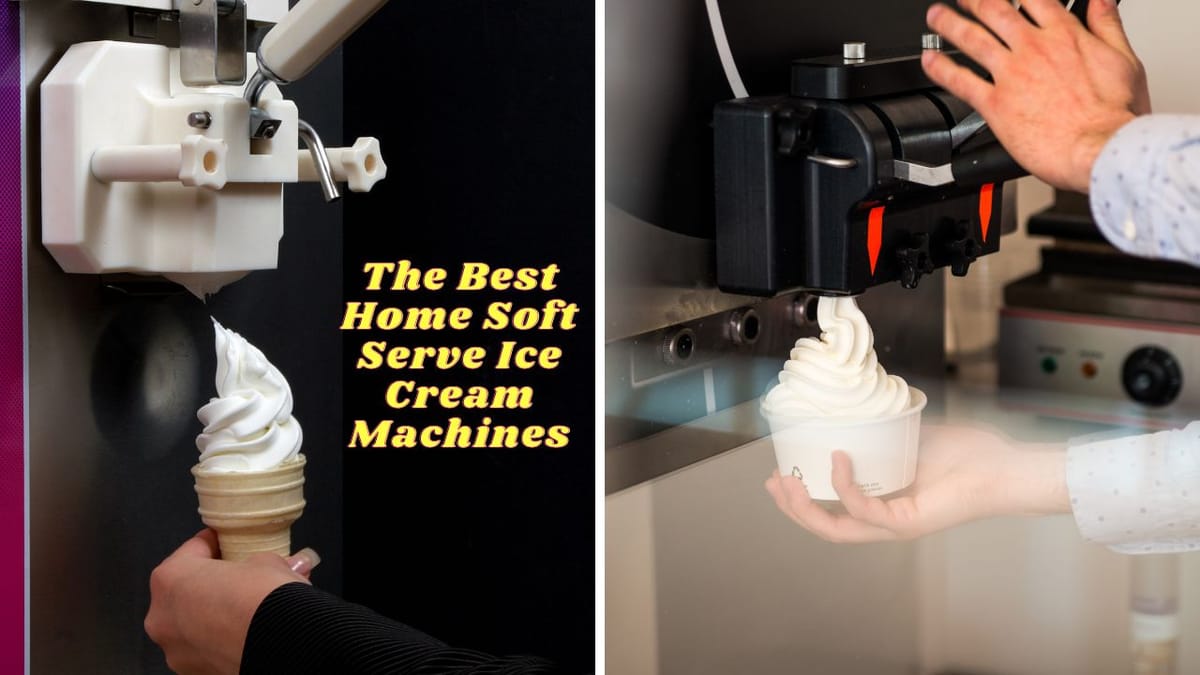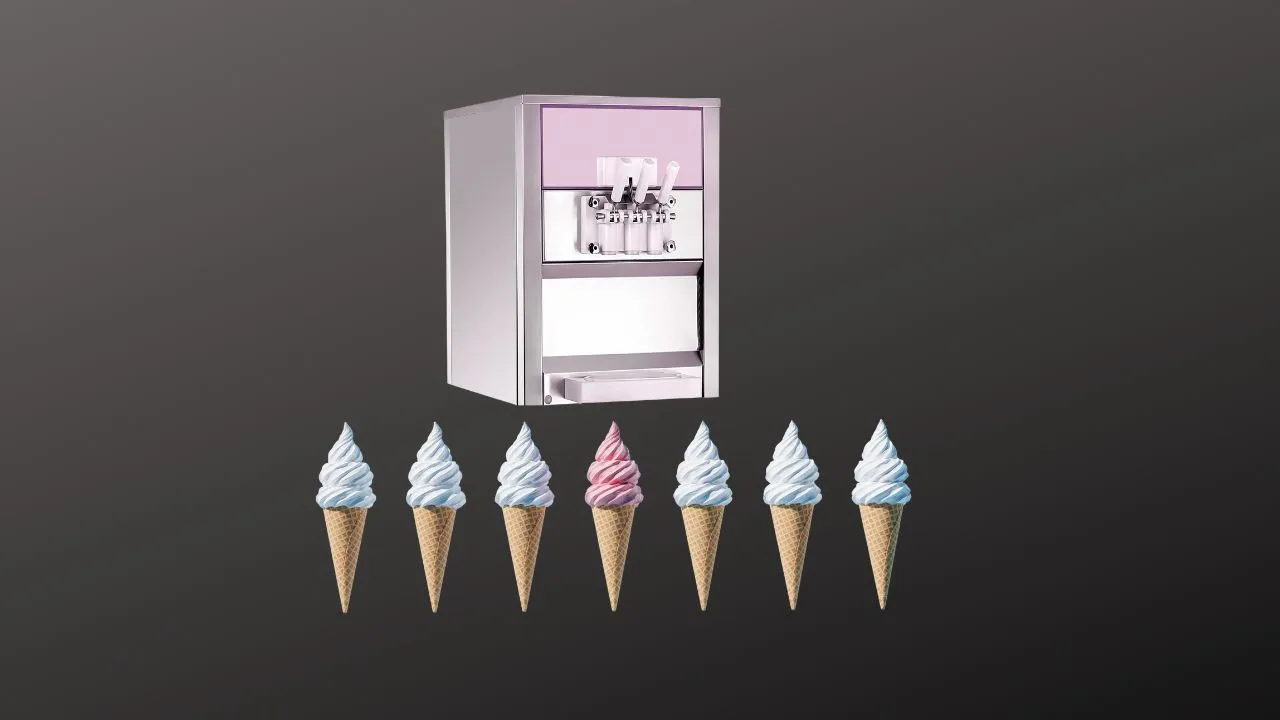Table of Contents
Ice cream is a beloved treat enjoyed by people of all ages around the world. Among its various forms, soft serve has become a popular choice for its creamy texture and affordability. But have you ever wondered why soft serve tends to be cheaper than traditional ice cream? This article delves into the factors that contribute to the cost difference between these two frozen delights.
Key Takeaways:
- Understand the fundamental differences between soft serve and traditional ice cream.
- Discover the economic factors that contribute to the lower cost of soft serve.
- Learn how production, ingredients, and serving methods affect the pricing of soft serve.
The Basic Composition of Soft Serve vs. Ice Cream
Soft serve and traditional ice cream share some common ingredients like milk, cream, and sugar. However, the proportions of these ingredients differ significantly. Soft serve typically contains more air, known as overrun, which is introduced during the freezing process. This not only gives soft serve its lighter, smoother texture but also means that less actual product is used per serving, reducing costs.
Traditional ice cream, on the other hand, has a denser composition with less air and more fat. The higher fat content requires more cream, which is more expensive than the milk predominantly used in soft serve. This difference in the ingredient ratio is a fundamental reason why traditional ice cream is often pricier than its softer counterpart.
Economies of Scale in Production
The production process of soft serve is streamlined and efficient, contributing to its lower cost. Soft serve machines are designed to mix, freeze, and dispense the product in a continuous flow, which reduces labor costs and waste. The ability to serve customers quickly also means higher sales volume, which can lead to economies of scale and lower prices.
In contrast, traditional ice cream requires a more labor-intensive process, including initial mixing, batch freezing, hardening, and storage. Each step adds to the production cost, which is then reflected in the final price of the product.
Ingredient Costs and Availability
Soft serve's ingredient list is not only shorter but also consists of more cost-effective items. The use of powdered milk, sugar, and emulsifiers is common, and these bulk ingredients are typically cheaper and have a longer shelf life than the fresh cream and eggs often found in premium ice creams. The lower cost of ingredients directly translates to a cheaper end product.
Moreover, the availability of these ingredients plays a role. Since soft serve ingredients are more readily available and can be stored for longer periods, suppliers can purchase them in larger quantities at discounted rates, further reducing the cost.
The Role of Storage and Distribution
Storage and distribution are key factors in the pricing of ice cream. Traditional ice cream requires a cold chain logistics system to maintain its texture and quality, which includes freezers for storage and refrigerated trucks for transportation. This not only increases energy costs but also limits the shelf life of the product.
Soft serve mix, often in powder form, does not require freezing before it's made into ice cream, which simplifies logistics and cuts costs. The mix can be stored at room temperature and turned into soft serve on demand, reducing the need for extensive cold storage and transportation facilities.
Serving Methods and Overhead Expenses
The serving method of soft serve is another area where costs are saved. Soft serve machines dispense the product directly into cones or cups, minimizing the need for additional serving materials like scoops and dishes. This not only reduces material costs but also speeds up service, allowing for more sales in a shorter time frame.
Traditional ice cream parlors often have higher overhead expenses, including the cost of additional serving utensils, dishwashing, and more complex service counters. These expenses add up and contribute to the higher price of traditional ice cream.
Marketing and Brand Perception
Marketing plays a significant role in the pricing of ice cream products. Traditional ice cream brands often position themselves as premium offerings, using high-quality ingredients and sophisticated marketing campaigns to justify higher prices. Soft serve, however, is typically marketed as a fun, convenient, and affordable option, aligning with its lower price point.
Brand perception influences consumer willingness to pay. If a brand is perceived as luxurious or artisanal, consumers expect to pay more, whereas soft serve's image as an everyday treat keeps its price accessible.
Volume and Profit Margins
Soft serve is often sold in higher volumes than traditional ice cream, which can lead to lower prices due to volume discounts. The profit margins on soft serve are usually smaller per unit, but the high turnover rate compensates for this. Vendors can afford to sell soft serve at a lower price because they make up for it in quantity sold.
Traditional ice cream, with its higher production costs and lower sales volume, requires a higher profit margin to be sustainable. This is reflected in the higher price per scoop compared to soft serve.
Technological Advancements in Soft Serve Machines
The technology behind soft serve machines has advanced significantly, making them more efficient and cost-effective. Modern machines require less maintenance and are more energy-efficient, which reduces operational costs. These savings can be passed on to the consumer in the form of lower prices.
Traditional ice cream making equipment has also improved, but the more complex process and higher quality expectations mean that the cost savings are not as significant as those for soft serve.
Seasonal and Regional Price Variations
Seasonality and regionality affect the price of ice cream. In areas with a warmer climate or during summer months, the demand for soft serve increases, which can lead to competitive pricing and deals. Traditional ice cream may not see the same level of demand fluctuation, leading to more stable but higher prices year-round.
Additionally, the cost of ingredients and production can vary by region, affecting the final price of both soft serve and traditional ice cream. However, the lower baseline cost of soft serve means it remains cheaper even with regional price variations.
Consumer Preferences and Trends
Consumer preferences and trends also influence the price of ice cream. Soft serve has gained popularity due to its Instagram-worthy swirls and the rise of self-serve frozen yogurt shops, which often offer soft serve options. This popularity can lead to increased competition and lower prices to attract customers.
Traditional ice cream, while still popular, is often seen as a treat for special occasions rather than a daily indulgence, which means consumers may be willing to pay a premium for it less frequently.
Summary
Soft serve is cheaper than traditional ice cream for several reasons, including its basic composition, economies of scale in production, ingredient costs, storage and distribution efficiencies, serving methods, marketing strategies, volume sales, technological advancements, and consumer trends. Understanding these factors can help consumers appreciate the value of soft serve and make informed choices when indulging in their favorite frozen treats.
FAQ Section
Does the lower price of soft serve mean it is of lower quality than traditional ice cream?
Not necessarily. While soft serve may have a lower fat content and more air than traditional ice cream, it can still be made with high-quality ingredients and offer a delicious taste experience. The lower price is more a reflection of the production and serving efficiencies rather than an indicator of inferior quality.
Can traditional ice cream ever be cheaper than soft serve?
It's possible for traditional ice cream to be priced competitively with soft serve, especially if it's mass-produced using cost-saving techniques. However, artisanal or premium ice creams that use high-quality ingredients and complex production methods will typically be more expensive.
Are there any health differences between soft serve and traditional ice cream?
The health differences between soft serve and traditional ice cream depend on the specific ingredients and nutritional content of each product. Soft serve generally has less fat due to its higher air content, but it's important to look at the overall nutritional information, including sugar content and additives, to determine the healthiest option for you.
Other Related Articles











